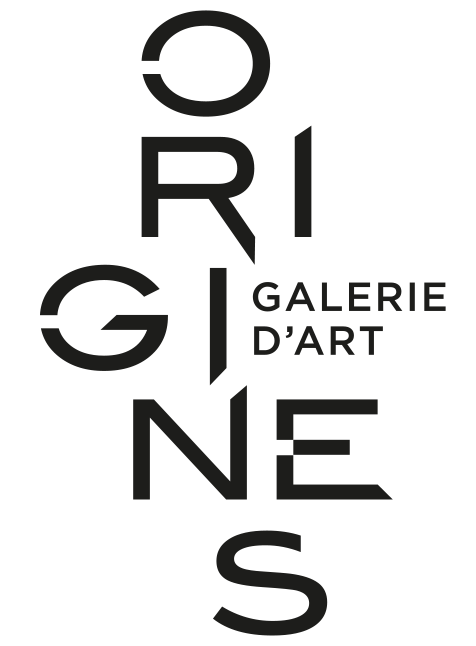Muller Frères Lunéville
Muller Frères Lunéville
The Muller Brothers, prominent figures in French Art Nouveau, have left an indelible mark on the world of decorative glass. Hailing from Kalhausen, these visionaries settled in Lunéville at the turn of the 19th century to revolutionize decorative arts of their time.
Trained at the Saint-Louis crystal factory and the Meisenthal glassworks, the elder brothers, Emile, Henri, and Désiré, were recruited in 1894 by the renowned Émile Gallé. Their expertise sharpened alongside this celebrated glass master, but a difference of opinions led Henri to leave Gallé in 1897, possibly taking some trade secrets with him.
Establishing their own workshop in Croismare, the Muller Brothers entered direct competition with Gallé and the Daum factory. Despite tensions, their creativity and craftsmanship ensured them a prominent place in the Art Nouveau movement, characterized by organic forms and floral motifs.
After World War I, the Muller company thrived, employing up to three hundred people. The style evolved into Art Deco, marked by marbled glass ceiling lights and molded pieces, while continuing to produce artistic works.
However, the Great Depression of the 1930s led to the bankruptcy of the company in 1933. The Croismare factory was acquired by Daum, ending a prolific era of creation. Nevertheless, the legacy of the Muller Brothers endures, with their influence felt until the 1950s when the factory was transformed into a glassmaking training center.
Today, the works of the Muller Brothers are coveted treasures sought by collectors worldwide. Their signature, a guarantee of authenticity and quality, embodies a fascinating period in French art history, where innovation and creativity were celebrated in the world of glassmaking.

